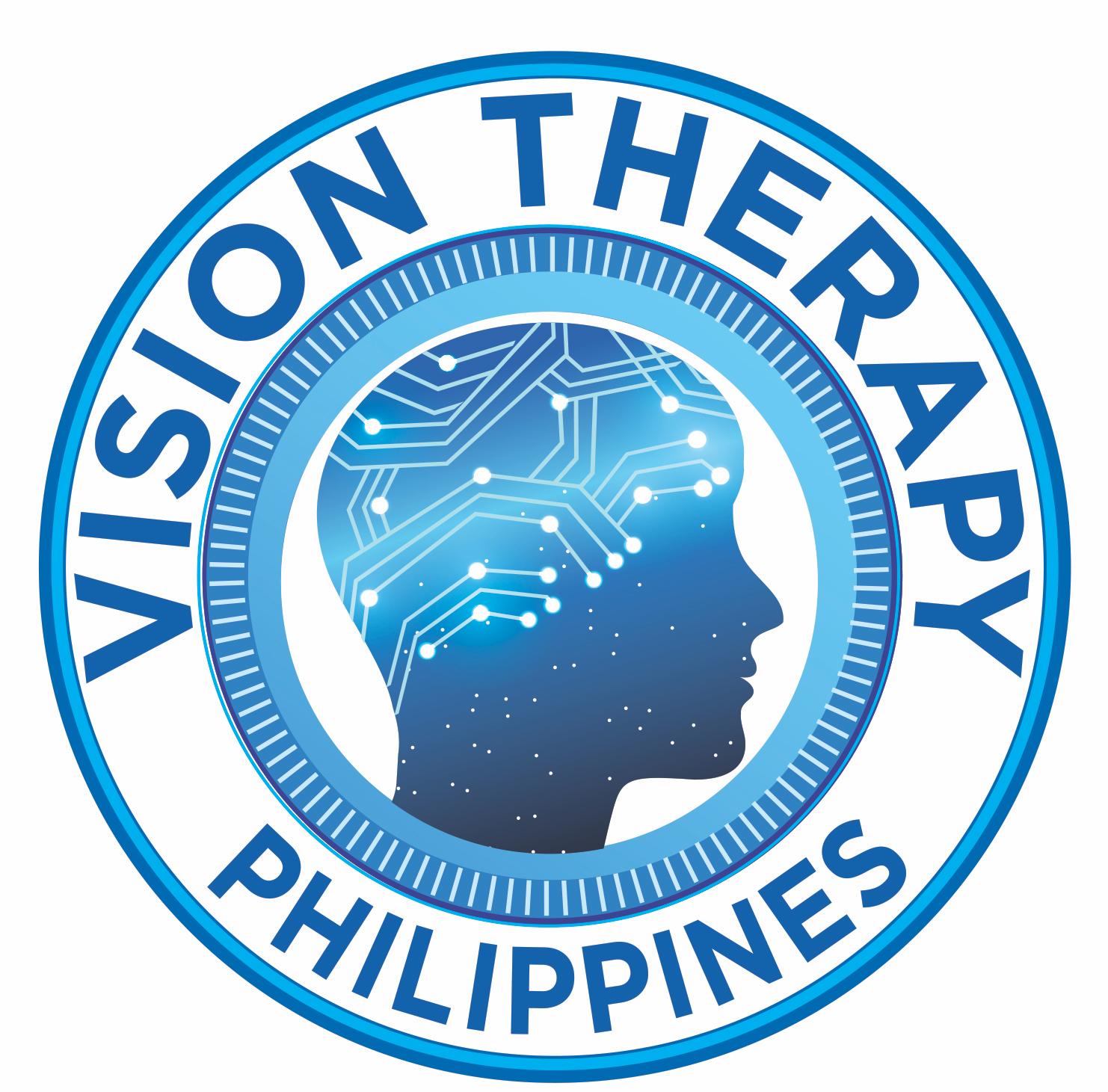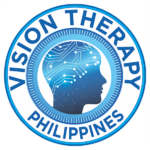Introduction to Vision Therapy
OUR SPECIALTIES
VISION REHABILITATION
Compromise in the visual system can lead not only to eye movement and coordination disorders, decreased detailed vision, and blind spots; it can also lead to difficulty integrating visual input with motor and balance centers, as well as difficulty interpreting and attending to visual stimuli. Neuro-vision rehabilitation evaluation includes assessment in all of these visual skills areas. Best treatment for stroke and brain injury patients to restore information processing skills, perception, organization, coordination, movement, proprioceptive and balance.
The Neuro-Optometric Rehabilitation Association International is an interdisciplinary group of professionals dedicated to providing patients who have physical or cognitive disabilities as a result of an acquired brain injury with a complete ocular health evaluation and optimum visual rehabilitation education and services to improve their quality of life.
Our eyes have an automatic focusing system which adjusts the lens inside our eye in order to see clearly at all distances. When we look far away, up close, and back again, our eyes change focus rapidly to allow us to see things clearly at all distances. If there is a problem in how easily or quickly our eyes focus, that visual problem is called an accommodative dysfunction. Brain injury as a result of moderate head trauma may result in the development of myopia (nearsightedness) and significant accommodative dysfunction for individuals who previously had no history of myopia prior to the head trauma.
Accommodative dysfunction can cause blurred vision, difficulty with concentration and attention, visual discomfort, eye strain, headaches, reduced efficiency and productivity, fatigue, and other symptoms.
Binocular Vision is the ability to maintain visual focus on an object with both eyes, creating a single visual image. Binocular Vision Dysfunction is a condition in which the two eyes are unable to align properly. This puts heavy strain on the eye muscles as they are constantly trying to correct the alignment to achieve single focus vision.
Strabismus (often referred to as “crossed eyes”) is a binocular vision disorder in which both eyes do not look at the same place at the same time. It usually occurs in people who have poor eye muscle control or are very farsighted. Strabismus usually develops in infants and young children, most often by age three. Adults may have strabismus either from a residual childhood strabismus or they may acquire strabismus in adulthood. New strabismus that develops in an adult can result from conditions such as thyroid eye disease, stroke or tumors, but often there is no identifiable cause.
Convergence insufficiency (CI) is a common binocular vision disorder affecting approximately five percent of the population in the United States. Recent studies have linked convergence insufficiency to correct identification of athletes with concussions. CI is often associated with a variety of symptoms, including eyestrain, headaches, blurred vision, double vision, sleepiness, difficulty concentrating, movement of print while reading, and loss of comprehension after short periods of reading or performing close activities. It is not unusual for a person with convergence insufficiency to cover or close one eye while reading to relieve the blurring or double vision. Symptoms will be worsened by illness, lack of sleep, anxiety, and/or prolonged close work.
Cranial nerves are nerves that lead directly from the brain to parts of our head, face, and trunk. There are 12 pairs of cranial nerves and some are involved with the eyes. A palsy is a lack of function of a nerve. A cranial nerve palsy may cause a complete or partial weakness or paralysis of the areas served by the affected nerve. A cranial nerve palsy can be congenital, traumatic, or due to blood vessel disease (hypertension, diabetes, strokes, aneurysms, etc.). It can also be due to infections, migraines, tumors, or elevated intracranial pressure. Some of the symptoms of cranial nerve palsy include limited eye movements, double vision, droopy eyelids or an abnormally dilated pupil.
Spatial disorientation, or spatial unawareness, is the inability of a person to correctly determine his/her body position in space. You need to see correctly to function correctly because the eyes guide the hands and body. Many brain injury patients feel spatially disoriented because they are either missing part of their visual field, or because their depth perception is altered.
Two examples are:
A. Visual Midline Shift Syndrome
Following a CVA individuals tend to lean toward one side of the body because they think that their body center is shifted. The brain will attempt to compensate for this weight shift by shifting the visual midline away from the affected side. This can cause the person to shift their body laterally which, in turn, affect balance, posture and gait. This event is generally termed Visual Midline Shift Syndrome.
B. Visual Neglect
Individuals who have had a stroke or traumatic brain injury, may lose one half of their side vision to the right or left. This type of side vision loss is called “Hemianopsia.” Those who just have a hemianopsia are aware of the side vision loss and often can be easily taught to scan their eyes in the direction of the hemianopsia, in order to compensate for the field loss. This allows them to not miss things on the side of the hemianopsia.
“Neglect” is the inattention to, or lack of awareness of visual space to the right or left and is most often associated with a hemianopsia. With this condition the survivor may not pay attention to objects on the affected side – for example, food on the left side of a plate is untouched, or the left side of the face is unshaven. In some cases, the person doesn’t even realize he or she has a left side. The brain is not processing information from the left side of the body very efficiently. (Source: NORA website)
Ocular Motor Dysfunction (OMD) is a condition that can be present in childhood or as an adult. OMD occurs when the eyes can’t track or move smoothly between objects. The eyes may make multiple stops as they track from object A to B; they may overshoot or undershoot the target.
This condition often causes reading problems because survivors can’t keep their place. They may skip over lines or may not be able to find where to go at the end of the line. It may affect walking because they can’t scan the environment accurately, and thus they misjudge things. As a result, an individual may have difficulty with depth perception, visual attention, visual memory, visual perceptual tasks, visual scanning, spatial disorientation, eye-hand coordination, balance, or reading and writing tasks.
Following a neurological event such as a traumatic brain injury, cerebrovascular accident, multiple sclerosis, cerebral palsy, etc., individuals frequently will report visual problems such as, but not limited to, seeing objects appearing to move that are known to be stationary; seeing words and print run together, double vision, and experiencing intermittent blurring. In some cases; symptoms may not appear for days, weeks, or even longer following the event. Some symptoms may only last a few seconds while others can linger much longer – months and even years. These patients may be told that their problems are ‘not in their eyes’ and that their eyes appear to be healthy when they may be suffering from a syndrome affecting the visual process in the brain called Post Trauma Vision Syndrome (PTVS). Persons who are not treated for PTVS can experience this syndrome for many years following a neurological event.
Nystagmus is a vision condition in which the eyes make repetitive, uncontrolled movements. These movements often result in reduced vision and depth perception and can affect balance and coordination. These involuntary eye movements can occur from side to side, up and down, or in a circular pattern.6
A neuro-optometric rehabilitation optometrist has special expertise in the assessment and treatment of visual disturbances associated with damage to the central nervous system – the brain and spinal cord.
Following the initial vision and neurological examination a treatment plan is developed with a goal of restoring essential visual function. Because every injury is unique, treatments will vary by individual.
Below are some types of treatments:
- Special Prescription Lenses (Glasses) – Lenses can help compensate for damage to the neural system along with enhancing visual clarity and comfort. Lens filters (tints) provide help with light and glare sensitivity.
- Prism Lenses – These are specialized glasses that change the way light enters the eye. Prisms are frequently prescribed as a component of the treatment for binocular vision problems and to eliminate double vision, as well as to provide comfort for near visual tasks such as reading. In addition, prisms are often used in treating balance issues, a common component in brain injury.
- Patching – Patching one eye or part of the visual field of one eye is sometimes used to help those with double vision. The patch is placed to eliminate the information that results in the double image from coming into the brain. The patch is frequently placed directly upon the lens surface.
In brain injury, often a single – approach to rehabilitation is not enough to address all of the needs. Instead, an interdisciplinary, integrated team approach can play a vital role in the rehabilitation of patients with various types of neurological deficits. In addition to optometrists, rehabilitation team members may include neurologists, physical medicine and rehab physicians, nurses, physical and occupational therapists, speech-language pathologists, neuropsychologists, and audiologists. And, neuro ophthalmologists and radiologists often play vital roles in the diagnosis of brain injury.
Source: Neuro-Optometric Rehabilitation Association (NORA)

